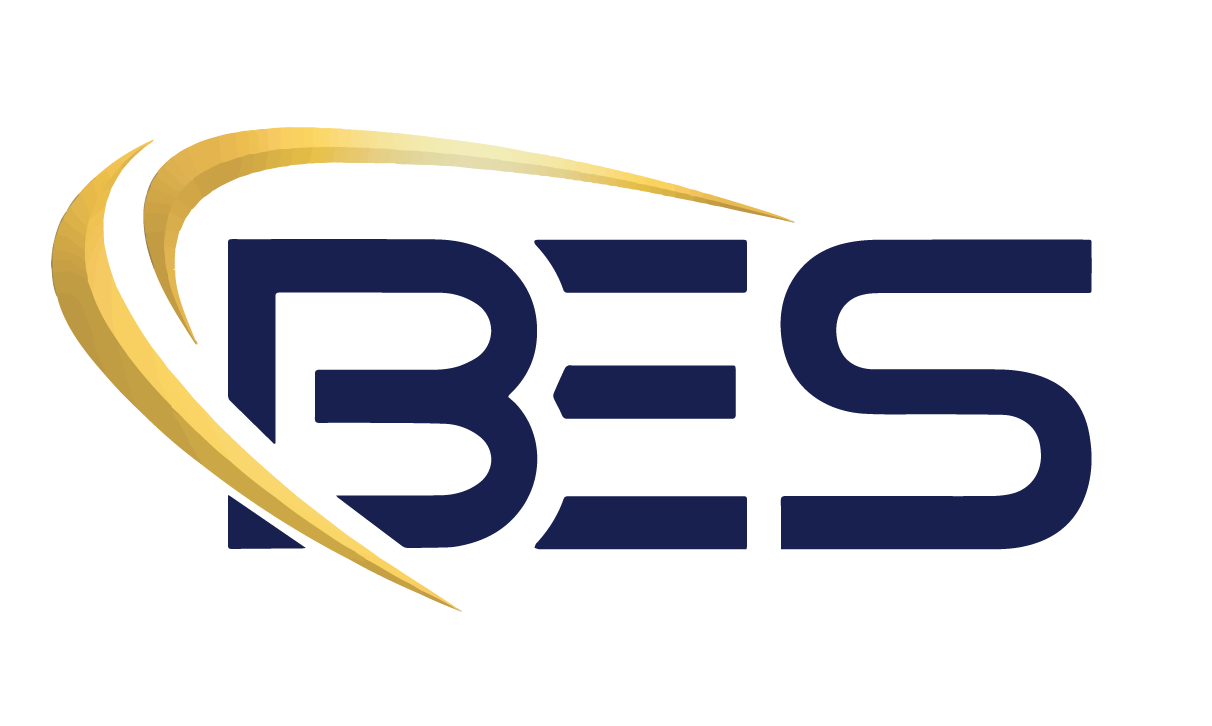Why Public Safety Agencies Struggle with Technology
In an effort to be “Smarter” and more effective, public safety agencies and other organizations with critical operations have looked to technology to support their mission(s). Understanding and selecting the appropriate technology for priority missions and workflows can be challenging. With endless technology choices in the market it is easy to focus on interesting technology or applications without consideration of overall suitability. Buying the latest ‘gadget’ is often cool but not always productive. Questions often overlooked or not considered include:
· Interoperability - Is the technology interoperable with existing systems? Can identified data be accessed and shared with other applications?
· Configurability – Can the technology be configured?
· Scalability – Will the technology scale and expand when required during complex events or operations?
· Security – Does the technology provide the required security needed to protect sensitive data? Does it have adequate credentialing and access controls?
· Sustainability – Is the technology adequately supported by the vendor? Is the vendor reliable and reputable? Have you accounted for operations and maintenance costs in your annual budget?
· Technology Optimization – Are we getting the most or fully utilizing the technology we already own?
Researching these questions should be your first step before choosing any technology or application.
The other “critical element” is the “human factor”. Technologies are often implemented in an organizational vacuum without a comprehensive vision, strategic plan, or defined end state. Technology should be deployed to provide information that supports required decisions when and where needed. The potential power of technology cannot be realized without an inclusive approach with emphasis on the staff or stakeholders utilizing the system.
Proven best practices for choosing, implementing, and sustaining technology include the following 5 steps:
1. Governance - Leadership must establish a solid foundation for the organization’s technology requirements that answer the following questions:
· Who makes the decisions? Who establishes priorities, funding, and strategy?
· What is the vision?
· How is the strategy organized, managed, and funded?
· Who are the stakeholders? How do they participate? How do you ensure they are “bought-in”?
2. Standard Operating Procedures (SOPs) - SOPs define the work to be done and how it will be accomplished. SOP’s identify:
· Key functions of the organization.
· Key questions that need to be answered and for whom.
· What decisions are being made with the resultant information.
· Technology to be used in order to support operational objectives.
· The data required to answer the key questions and who owns the data.
· Who has the right to modify the information and the cadence for updating that information?
· Data analysis and presentation requirements.
· Information sharing agreements required, and under what conditions the information can be shared within an organization or across organization boundaries?
3. Technology - Technology choices are made to support governance and SOPs.
· Existing technology is optimized, and additional required technology is chosen to support identified organizational objectives and SOPs.
· Technology choices consider personnel capability, interoperability, scalability, and ease of use.
· Personnel roles are identified in concert with technology to support mission requirements.
· Lesson Learned: avoid closed and proprietary technology requiring the vendor to make programming changes.
4. Training and Exercises - The SOP’s and technology capabilities are trained, exercised, and, hopefully, used on a daily basis. This drives familiarity, effectiveness, and the ability to scale when required. Simple, quick familiarization sessions supported by low-impact drills ensure that stakeholders understand the new procedures and are comfortable with using the technology tools.
5. Usage – A combination of SOPs, training, and exercises drive usage. Technology must be used regularly if it is to be effective. Can you imagine picking up your iPhone once a month to use during a high-pressure incident? No. This would not be productive or efficient. Daily usage is the ultimate goal of any technology strategy. This ensures that stakeholders are trained, familiar, and comfortable with the capabilities that are deployed.
Experience has shown that it is only through a comprehensive approach to preparedness, which includes the organization’s structure, planning, operational procedures, training/exercises, and daily use of technology, that a successful and sustainable program will be achieved.
Modern technologies are interesting, exciting, and have the capability to dramatically improve public safety effectiveness. Implementing a governance framework and evolving SOPs are difficult and time consuming, but experience has shown they are essential to successfully deploy and maximize existing technology investments.







